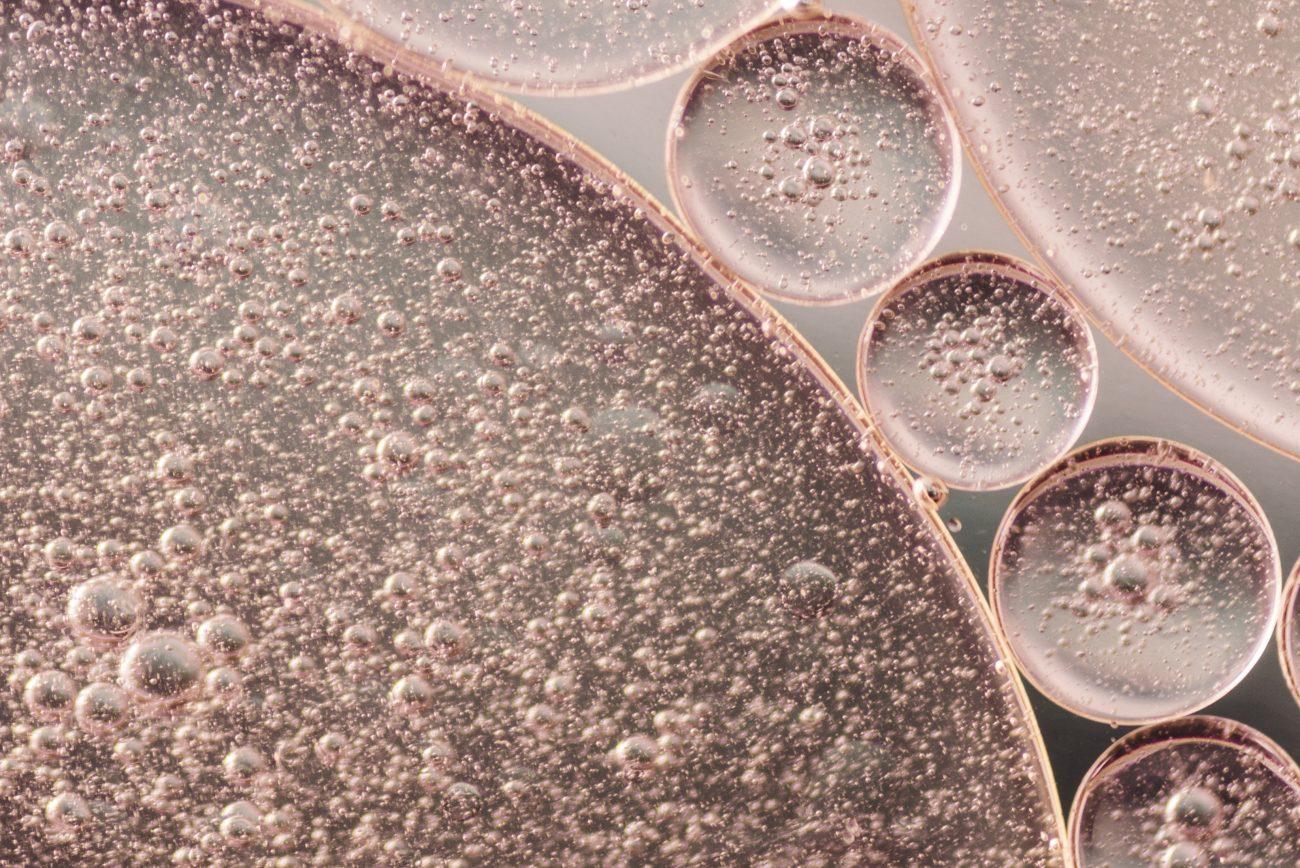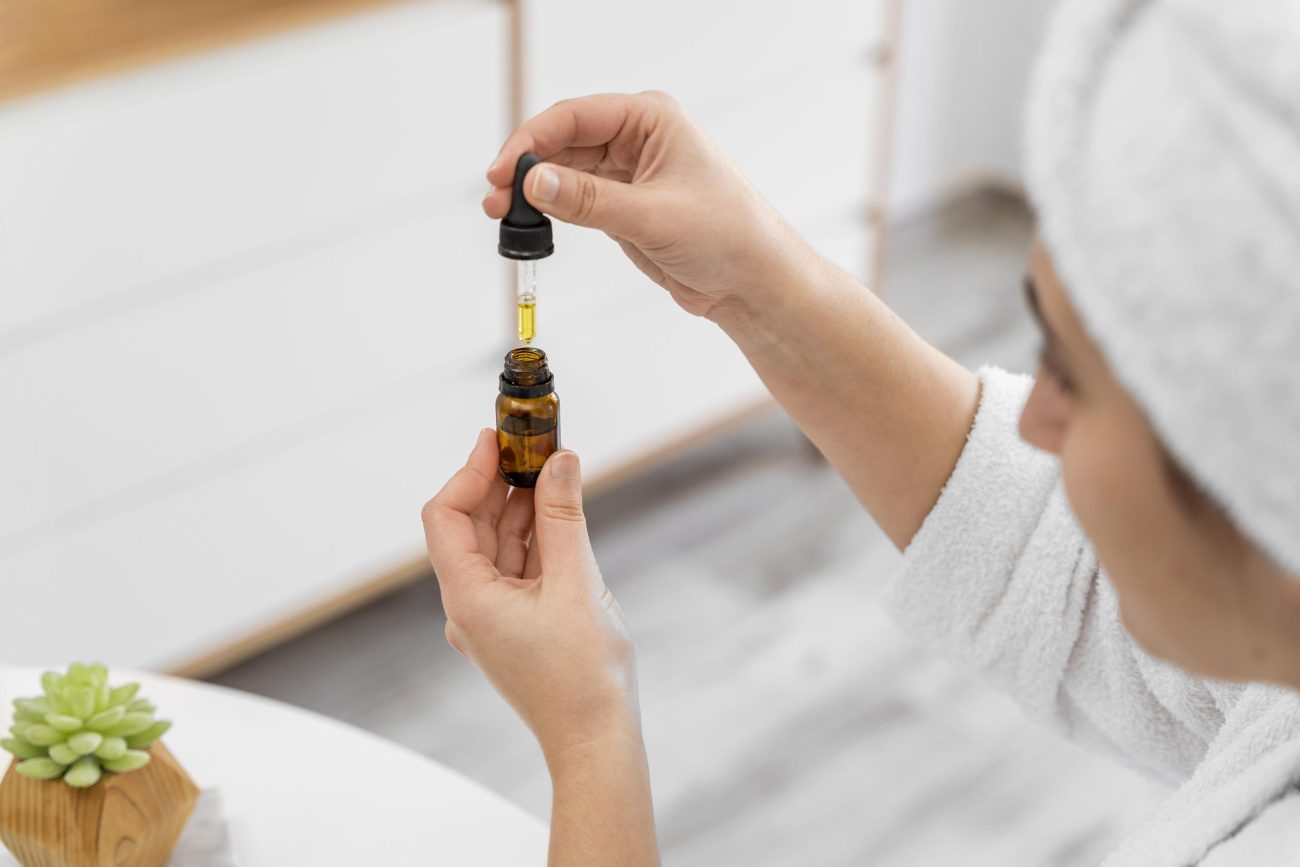Microplastics in Skincare: A Growing Concern
Microplastics are tiny pieces of plastic, less than 5mm in size, that are found in a variety of products, including skincare. They are often added to products as exfoliants, thickeners, or emulsifiers. However, the presence

Microplastics are tiny pieces of plastic, less than 5mm in size, that are found in a variety of products, including skincare. They are often added to products as exfoliants, thickeners, or emulsifiers. However, the presence of microplastics in skincare raises significant concerns about skin health and the environment.
Why are microplastics a concern for skin health?
Microplastics can be too small to be seen by the naked eye, but they can easily penetrate the skin’s surface. Once inside the skin, microplastics can cause irritation, inflammation, and premature aging. They can also clog pores, leading to breakouts and other skin problems.
In addition, microplastics can act as carriers for other harmful chemicals, such as heavy metals and phthalates. When these chemicals are absorbed into the skin, they can cause a range of health problems, including cancer, reproductive problems, and neurological disorders.
What are the environmental concerns of microplastics in skincare?
Microplastics are a major environmental pollutant. They can easily enter waterways and oceans, where they can harm marine life and pollute beaches. Microplastics can also persist in the environment for hundreds or even thousands of years.
Why is it important to remove microplastics from skincare?
Given the potential health and environmental risks of microplastics, it is important to remove them from skincare products. There are a number of ways to do this, including:
● Choosing skincare products that are labeled “microplastic-free”
● Avoiding products that contain ingredients such as polyethylene, polypropylene, and
polymethyl methacrylate (PMMA)
● Using natural exfoliants such as sugar, coffee grounds, or oatmeal instead of plastic
microbeads
● Supporting skincare brands that are committed to sustainability and microplastic
reduction
How to choose microplastic-free skincare products
When choosing skincare products, it is important to read the ingredient list carefully. Avoid products that contain any of the following ingredients:
● Polyethylene (PE)
● Polypropylene (PP)
● Polymethyl methacrylate (PMMA)
● Nylon-12
● Acrylates copolymer
● Carbomer
● Polyethylene glycol (PEG)
If you are unsure whether a product contains microplastics, you can contact the manufacturer directly.
Here are some additional tips for choosing microplastic-free skincare products:
● Look for products that are certified by third-party organizations such as Leaping Bunny or Cruelty Free International. These organizations certify that products are free of animal testing and harmful chemicals, including microplastics.
● Choose products that are packaged in recyclable or compostable materials. Avoid products that are packaged in single-use plastics.
● Support small businesses and independent brands that are committed to sustainability. Here are some examples of microplastic-free skincare products:
● Cleansers:
○ Ethique Solid Face Cleanser Bar
○ Josh Rosebrook Hydrating Accelerator
○ Tata Harper Refreshing Floral Cleanser
● Moisturizers:
○ Drunk Elephant Lala Retro Whipped Cream
○ Herbivore Botanicals Pink Cloud Cream
○ Sunday Riley C.E.O. 15% Vitamin C Brightening Serum
● Sunscreen:
○ EltaMD UV Clear Broad-Spectrum SPF 46
○ Supergoop! Unseen Sunscreen SPF 40
○ La Roche-Posay Anthelios Clear Skin Dry Touch Sunscreen SPF 60
Conclusion:
Microplastics are a growing concern for skin health and the environment. By choosing microplastic-free skincare products, you can help to protect your skin and the planet.



